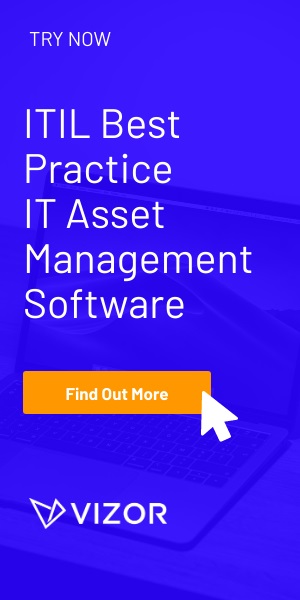The dangers of amalgamation without integration
There’s a stage in the evolution of many software markets when some players, usually larger or better funded, start buying up others. This might be to take out a competitor, or to short-cut the development of a much needed area of functionality. The result can be an apparently comprehensive catalog of functionality, and the prospective purchaser would be forgiven for assuming that functions that complement each other in terms of their contributions to the IT Asset Management goals would function cooperatively within the product.
The last thing a salesperson is going to do is admit that a customer would need to run three different consoles, and run regular data exports and imports, because functions A, B an C came from different sources and were never intended to work together. Further, that getting them to work together never made it high enough up the development priorities list, and that some of the key developers who would have been most able to hack the code to create the integration left shortly after the acquisition.
Always demand to see the proposed solution in operation, fulfilling the specific tasks you have defined in preparing to source your ITAM solution. If the vendor can’t demonstrate 100% of what you want, then it makes sense – if everything else is looking good – to entertain proposals to plug the gaps, so long as the vendor undertakes to merge the new capability into the core product so its future is assured, and the vendor provides a money-back guarantee. On your part be prepared to have a clear enough definition of what you need, and don’t expect to be able to change it half way down the road without incurring additional cost and timescale.
The term ‘partnership’ takes on some real meaning, when the customer-vendor relationship goes beyond the box-shifting to creating a powerful and optimized solution for your organization.






